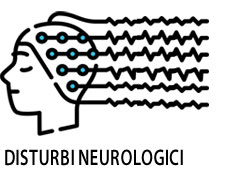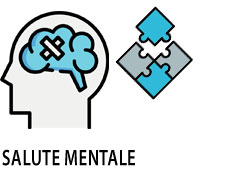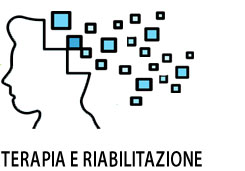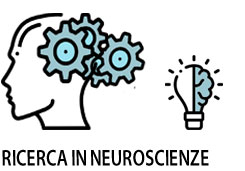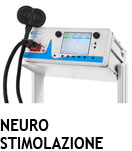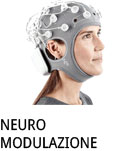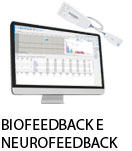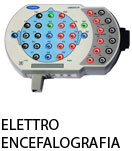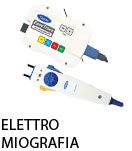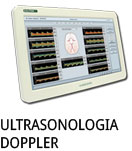- +39 011 5821948
- info@geasoluzioni.it
- Lun - Ven 8:00 - 17:30
Decoding the radiomic features of dorsolateralprefrontal cortex in individuals with accelerated cortical changes: implications for personalizedtranscranial magnetic stimulation
- Abstract:
- Purpose: Image-guided transcranial magnetic stimulation (TMS) is an emerging research field in neuroscience and rehabilitation medicine. Cortical morphometry, as a radiomic phenotype of aging, plays a vital role in developing personalized TMS model, yet few studies are afoot to examine the aging effects on region-specific morphometry and use it in the estimation of TMS-induced electric fields. Our study was aimed to investigate the radiomic features of bilateral dorsolateral prefrontal cortex (DLPFC) and quantify the TMS-induced electric fields during aging. Approach: Baseline, 1-year and 3-year structural magnetic resonance imaging (MRI) scans from normal aging (NA) adults (n=32) and mild cognitive impairment (MCI) converters (n=22) were drawn from the Open Access Series of Imaging Studies. The quantitative measures of radiomics included cortical thickness, folding, and scalp-to-cortex distance. Realistic head models were developed to simulate the impacts of radiomic features on TMS-induced E-fields using the finite-element method. Results: A pronounced aging-related decrease was found in the gyrification of left DLPFC in MCI converters (t=2.21, p=0.035), which could predict the decline of global cognition at 3-year follow up. Along with the decreased gyrification in left DLPFC, the magnitude of TMS-induced E-fields was rapidly decreased in MCI converters (t=2.56, p=0.018). Conclusions: MRI-informed radiomic features of the treatment targets have significant effects on the intensity and distribution of the stimulation-induced electric fields in prodromal dementia patients. Our findings highlight the importance of region-specific radiomics when conducting the transcranial brain stimulation in individuals with accelerated cortical changes, such as Alzheimer's disease.
- Patologie/Applicazioni:
- Anno:
- 2023
- Tipo di pubblicazione:
- Articolo
- Parola chiave:
- TMS; morfometria corticale; modelli personalizzati di TMS
- Testata scientifica:
- Journal of Medical Imaging
- Mese:
- 01
- Nota:
- La stimolazione magnetica transcranica (TMS) guidata da immagini è un campo di ricerca emergente nelle neuroscienze e nella medicina riabilitativa. La morfometria corticale, in quanto fenotipo radiomico dell'invecchiamento, svolge un ruolo fondamentale nello sviluppo di modelli personalizzati di TMS; tuttavia, sono pochi gli studi che esaminano gli effetti dell'invecchiamento sulla morfometria specifica di una regione e che la utilizzano nella stima dei campi elettrici indotti dalla TMS. Questo studio si propone di indagare le caratteristiche radiometriche della corteccia prefrontale dorsolaterale bilaterale (DLPFC) e di quantificare i campi elettrici indotti dalla TMS durante l'invecchiamento. Le caratteristiche radiomiche dei bersagli del trattamento, ottenute grazie a MRI, hanno effetti significativi sull'intensità e sulla distribuzione dei campi elettrici indotti dalla stimolazione nei pazienti affetti da demenza prodromica. I risultati dello studio evidenziano l'importanza della radiomica specifica per ogni regione quando si conduce la stimolazione magnetica transcranica (TMS) in individui con cambiamenti corticali accelerati, come pazienti affetti da Alzheimer.
- DOI:
- https://doi.org/10.1117/1.jmi.10.1.015001
Hits: 343
La nostra storia
GEA soluzioni si affaccia nel 2013 al mercato della strumentazione medicale di alto livello tecnologico ma la sua storia parte da più lontano, clicca qui per approfondire.
GEA SOLUZIONI SRL
via Issiglio 95/10, Torino
Tel.: 011 5821948 / 011 4463853
Fax: 011 0433281
Email: info @ geasoluzioni.it
P. IVA IT11696920013
REA TO1233648

